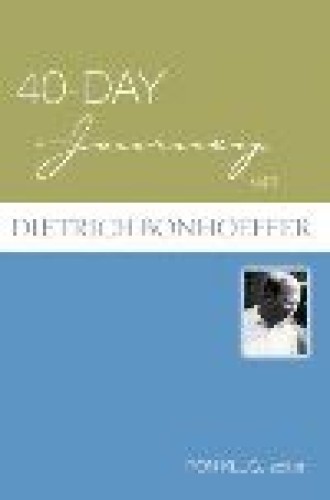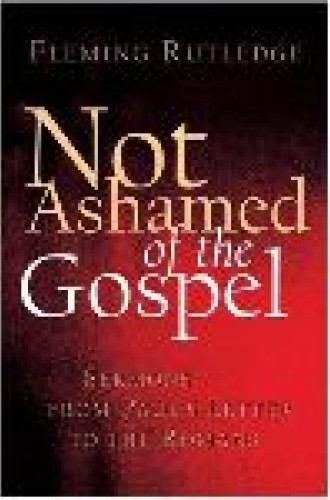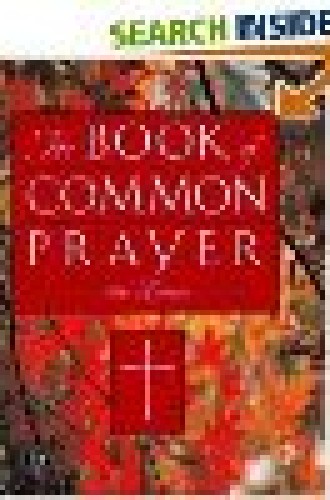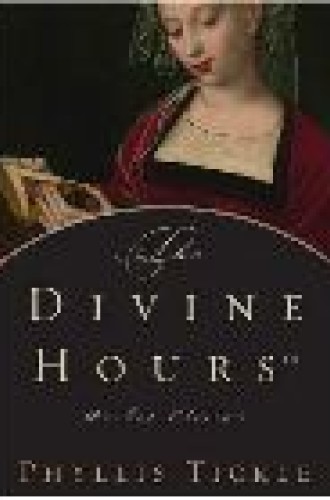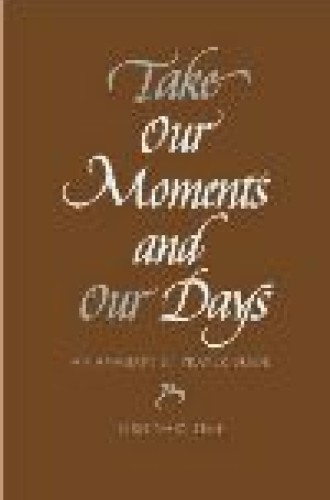CC recommends
Two testaments to Bonhoeffer’s enduring significance. As the title suggests, 40-Day Journey is especially suited for a concentrated period of reflection and journaling, such as during Advent or Lent. Each day includes a passage from Bonhoeffer, a scripture text, questions, intercessions and a prayer. The book of daily devotions include a year’s worth of short readings from Bonhoeffer, matched to the calendar year but also arranged to fit the church year.
The Book of Hours was the most popular book of the late Middle Ages, according to Duffy. The contents of the Book of Hours—psalms, other biblical passages, prayers, a calendar of saints’ days—reveal much about the prayer life and religious contexts of the people who used this collection. What most captures Duffy’s attention are the personalized jottings by various owners of the Book of Hours. For instance, Thomas More jotted thoughts in his copy as he waited in the Tower of London to be executed. This is a substantive historical work about spirituality which is also inspiring. It includes many beautiful illustrations from various editions of the Book of Hours.
These sermons, which Rutledge preached from Romans over many years in different settings, are substantive, theological and literate, and relevant to the times in which they were delivered. And they’re not 10-minute quickies either. No one could accuse Rutledge of theological revisionism; nevertheless, her interpretation of Romans has been shaped by newer Pauline studies, especially Ernst Käsemann’s realization that justification connotes not merely acquittal, but making right what was wrong. This is not a systematic study of the letter to the Romans; there are multiple sermons on some passages, none at all on other passages. In fact, Romans 15 and 16 are excluded entirely. While this book could just as easily have been categorized as theology, reading these sermons is spiritually formative.
Sittser, an evangelical with an ecumenical spirit, recognizes the riches of the historical tradition. He examines figures and movements from the early Christian martyrs, through the desert mothers and fathers, to Benedictine monastics, Catholic saints, medieval lay movements, the Reformation and modern missionary pioneers. Sittser admits that he could just as well have written a book about the weaknesses of each of these people and movements, but he’s chosen to focus on their strengths—what we can all learn from them.
A beautiful book to hold and behold, with bonded leather in a partial basket-weave style and gilt-edged pages. This is a relatively compact volume that combines the Book of Common Prayer with the NRSV.
People who have become accustomed to using Tickle’s trilogy The Divine Hours will appreciate this paperback edition. It provides a week’s worth of daily prayers, covering the seven offices of the day. The Night Offices covers the midnight office, the night watch office (sometime between 1:30 and 4:30 a.m.) and the dawn office (sometime between 4:30 and 7:30 a.m.) for the whole year.
The prayers in this volume cover a four-week cycle, with each week having a focus on a particular aspect of the ministry and teachings of Jesus: the Lord’s Prayer, the Beatitudes, the parables, and signs and wonders. The prayers, which are for the morning and evening, are especially suited to group use.
More recommendations:
Books on theology
Memoirs and biographies
Fiction books
Children's literature
DVDs
Classical music
Pop Christmas music


